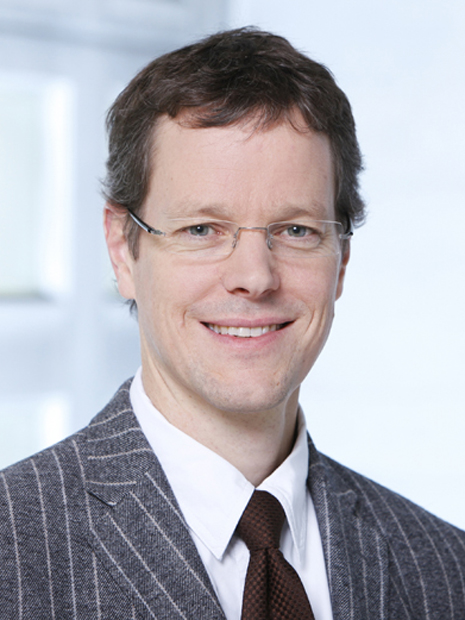Prof. Dr. Stephen Ferguson
Area of Interest
Medical Engineeing / Orthopaedics
Prerequisites a student should comply with
Two student profiles are envisioned.
1) The student should have a strong background in mechanics, mathematics and physics. This student should have an interest in exploring the biomechanical function of the musculoskeletal system and a clear desire to develop engineering solutions to current and future orthopaedic health problems.
2) The student should have a strong background and some practical knowledge in cell and molecular biology. This student should have an interest in exploring the biological response of cells within musculoskeletal tissue to their environment (e.g. mechanical, chemical) and to
biomaterials used as a bridge to tissue regeneration.
Recommended master courses (Electives I+II of Learning Agreement of the Major)
376-1714-00 Biocompatible Materials
376‐1392‐00 Mechanobiology: Implications for Development, Regeneration and Tissue Engineering
376‐1397‐00 Orthopaedic Biomechanics
376‐1712‐00 Finite Element Analysis in Biomedical Engineering
227‐0391‐00 Medical Image Analysis
327‐0505‐00 Surfaces and Interfaces & their Applications I
376-1651-00 Clinical and Movement Biomechanics
376-1974-00 Colloquium in Biomechanics
376-1614-00 Principles in Tissue Engineering
401-0629-00 Applied Biostatistics
Research projects of the group
Research projects are focused on the challenge of treating musculoskeletal disorders in an ever-ageing population. Current topics include e.g. biomaterials- and cell-based regeneration of spinal tissue, orthopaedic implant optimisation, the development of minimally-invasive methods for preventing and treating skeletal fractures, and advanced, dynamic, 3D imaging methods for diagnosing skeletal pathologies.

